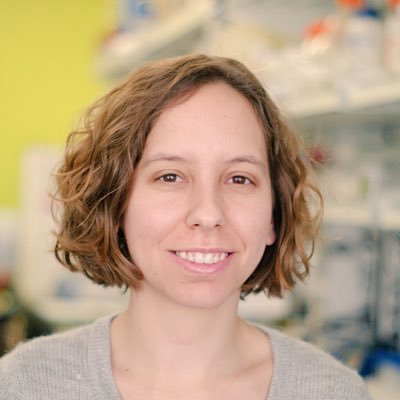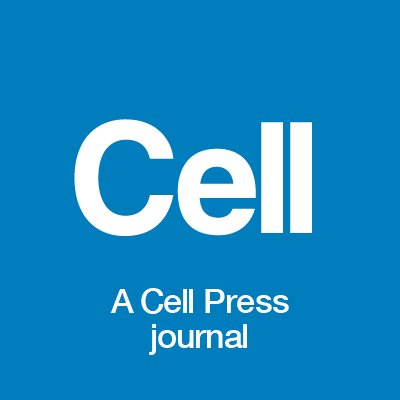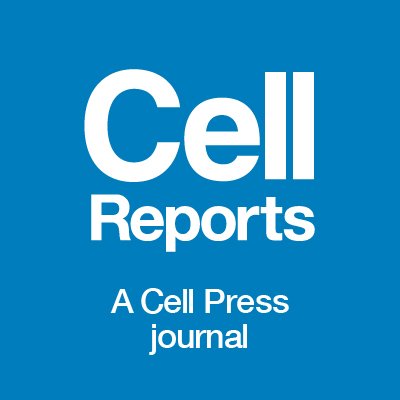
Nicholas Sweeney
@NickSweeney23
Followers
16
Following
135
Media
0
Statuses
112
Neuroscience | @PennNGG | previously @OSUNeuroscience
Joined October 2024
Astrocytes distress triggers brain pathology through induction of δ secretase in a murine model of Alzheimer’s disease:
nature.com
Nature Communications - The role of astrocytes in Alzheimer’s disease pathology remains insufficiently characterized. Here, the authors show that aggravated astrocyte response to Aβ...
0
10
52
Our glial circadian atlas in AD and aging mice is now out in @NatureNeuro! Congrats to @patwsheehan for incredible work and to our collaborators @johnthefryer, @CarpeRibosomam, @darshan1s, Ron Anafi, and the team. @johnthefryer and I started this in 2019! https://t.co/AYnP0sCbGj
nature.com
Nature Neuroscience - Sheehan et al. have characterized the circadian translatomes of astrocytes and microglia in the mouse cortex in the context of amyloid pathology or aging, revealing cell- and...
1
34
104
New work from the lab shows that a novel non-coding RNA, FAM151B-DT, is a driver of tau and alpha-synuclein aggregation @washumedicine @RCFNeuro @WashUMedADRC
nature.com
Molecular Psychiatry - A novel lncRNA FAM151B-DT regulates degradation of aggregation prone proteins
2
4
19
Microglia-specific regulation of lipid metabolism in Alzheimer’s disease revealed by microglial depletion in 5xFAD Mice https://t.co/eZsHUGa5Yq
0
31
148
We are excited to share our latest publication “Genetic and proteomic analysis identifies BAG3 as an amyloid‑responsive regulator of neuronal proteostasis" in Acta Neuropathologica this week! Congratulations Zack Augur!! https://t.co/fLoVdSxWoL
0
2
5
Our RAEFISH spatial transcriptomics technology is now published in Cell @CellCellPress! RAEFISH enables sequencing-free whole genome spatial transcriptomics at single molecule resolution. This work represents the first time that transcripts from more than 23,000 genes were
16
115
407
'#Autophagic impairment in #sleep–wake circuitry is linked to sleep loss at the early stages of #AlzheimersDisease' Christopher Daniel Morrone, Arielle A. Tsang, W. Haung Yu @UofT @CAMHResearch
https://t.co/NcaF0TNCka
0
4
10
Multiscale proteomic modeling reveals protein networks driving Alzheimer’s disease pathogenesis: Cell
cell.com
Multiscale proteomic network modeling of Alzheimer's disease integrates large-scale proteomic and genetic data from vulnerable brain regions and reveals key driver proteins such as AHNAK within a...
1
11
22
In the latest issue! Deconstructing the intercellular interactome in vascular dementia with focal ischemia for therapeutic applications
cell.com
Analysis of the conserved intercellular interactome in human vascular dementia and in a mouse model reveals the Serpine2-Lrp1 and CD39-A3AR signaling axes as potential therapeutic targets.
0
10
48
Clearing truncated tau protein restores neuronal function and prevents microglia activation in tauopathy mice: Cell Reports
cell.com
Certain tau protein fragments are a characteristic feature of Alzheimer’s disease and other tauopathies and are likely to have a role in disease progression. Antibody-mediated clearance of these...
0
6
28
Wonderful to see our paper on the #organelle signatures of #neurons and #astrocytes out in final form - congratulations @ShanRhoads and team! 🎉 https://t.co/BPxKlbU6Ou
19
68
283
Targeted degradation of pathologic tau aggregates via AUTOTAC ameliorates tauopathy https://t.co/5fw6mLk1cZ
#biorxiv_neursci
biorxiv.org
The pathogenesis of tauopathies including Alzheimer’s disease (AD) and progressive supranuclear palsy (PSP) involves the misfolding and aggregation of tau. Here, we employed AUTOTAC to induce the...
0
1
3
Coordination of autophagosome closure and release by the Alzheimer’s disease-associated protein BIN1
cell.com
Autophagy is a pathway that removes damaged or superfluous cellular components. Palmer et al. show that microglial upregulation of BIN1, which is associated with an increased risk of Alzheimer’s...
0
5
27
Neurons sequester the cholesterol-inhibiting TFEB in oligodendrocyte cytoplasm to safeguard myelination and neural function
cell.com
Zhang et al. identify TFEB as a molecular link that connects extrinsic neuronal cues to intrinsic oligodendrocyte transcriptional programs. TFEB directly binds to and represses numerous cholesterol...
3
16
63
ABCA7 variants impact phosphatidylcholine and mitochondria in neurons https://t.co/BYdegedRbW
@Nature
0
9
62
Ambient Air Pollution and the Severity of Alzheimer Disease Neuropathology
jamanetwork.com
This study examines associations between fine particulate matter air pollution exposure, dementia severity, and dementia-associated neuropathologic change.
0
1
2
In the latest issue! Single-cell multiregion epigenomic rewiring in Alzheimer’s disease progression and cognitive resilience
cell.com
A single-cell epigenomic and transcriptomic atlas across six brain regions in Alzheimer’s disease reveals widespread epigenomic relaxation and information loss, associated with the selective deplet...
1
11
66
Astrocytes mobilize a broader repertoire of lysosomal repair mechanisms than neurons | bioRxiv. Exciting work from @madaylab!
biorxiv.org
Lysosomal damage impairs proteostasis and contributes to neurodegenerative diseases, yet cell-type-specific differences in lysosomal repair remain unclear. Using a neuron-astrocyte coculture system,...
0
1
11
Biomarker-related phospho-tau217 appears in synapses around Aβ plaques prior to tau tangle in cerebral cortex of preclinical Alzheimer’s disease @CellReports
cell.com
Hirota et al. demonstrate that microtubule-associated protein tau phosphorylated at the threonine 217 site (p-tau217), a newly established blood-based biomarker for Alzheimer’s disease, appears at...
1
7
36
In the latest issue! Senescence-resistant human mesenchymal progenitor cells counter aging in primates
cell.com
Genetically engineered senescence-resistant human mesenchymal progenitor cells can reduce aging markers and improve tissue and cognitive functions in aged macaques, highlighting their potential as a...
3
31
103


























